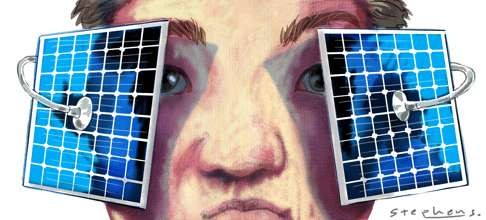Hong Kong needs a realistic vision in setting its power goals
John W. M. Cheng says the city must consider not only the lack of suitable land but also energy security, equity and environmental sustainability, as it works towards a low-carbon future


As global and local communities aspire and work towards a more sustainable and low-carbon future – and with a population of over 7.3 million living within only 1,105 sq km but consuming over 43 terawatt-hours of power in 2015 – what are the realistic options for Hong Kong when we look to 2030 or even 2050? Undoubtedly, our aspirations must be visionary and yet realistic.
Print option is available for subscribers only.
SUBSCRIBE NOW